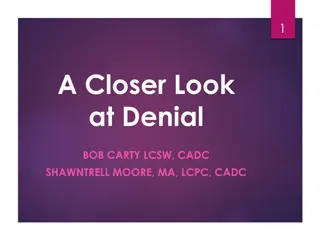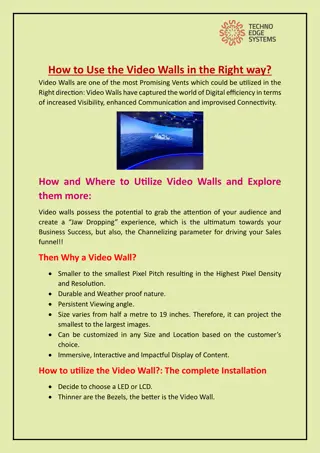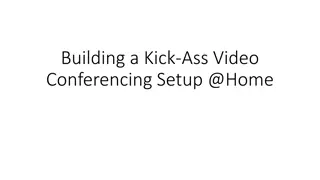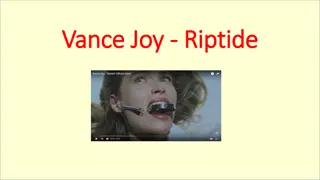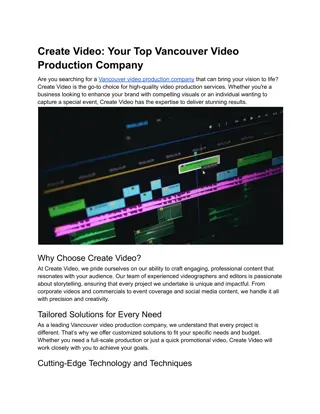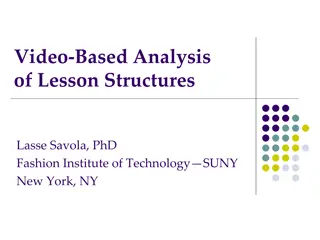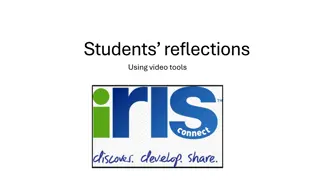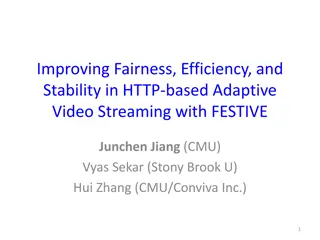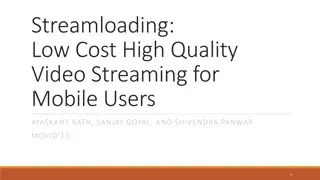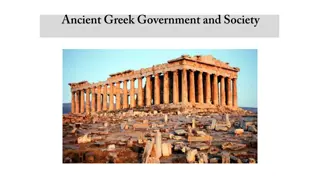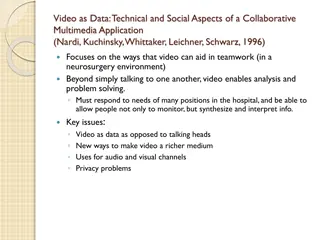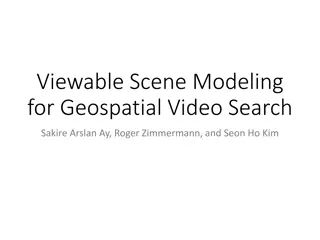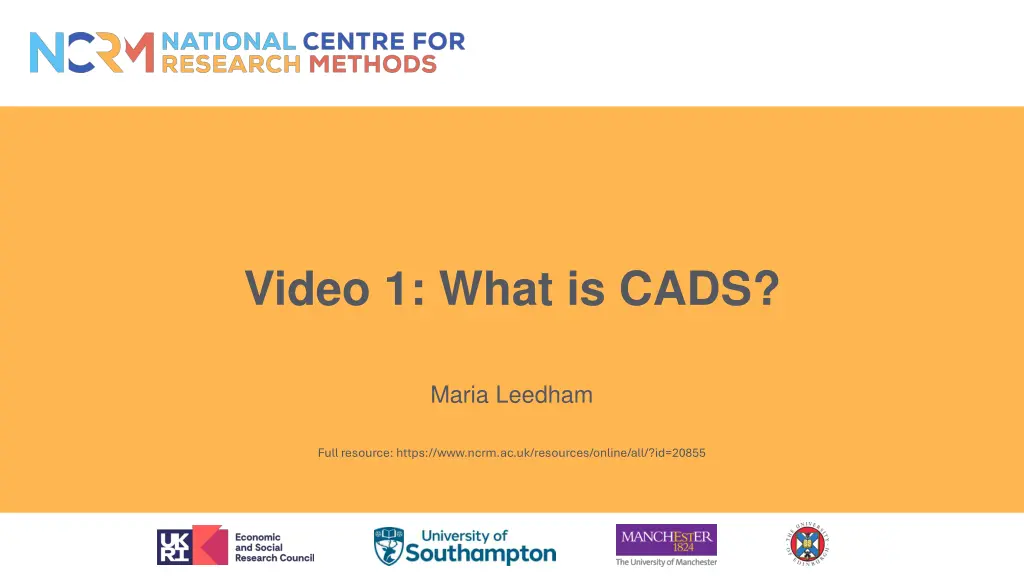
Understanding CADS, Corpus Linguistics, and Discourse Analysis
Learn about Corpus-Assisted Discourse Studies (CADS), corpus linguistics, and discourse analysis in this comprehensive guide. Explore the principles, methods, and software used in analyzing language data to gain valuable insights and perspectives.
Download Presentation

Please find below an Image/Link to download the presentation.
The content on the website is provided AS IS for your information and personal use only. It may not be sold, licensed, or shared on other websites without obtaining consent from the author. If you encounter any issues during the download, it is possible that the publisher has removed the file from their server.
You are allowed to download the files provided on this website for personal or commercial use, subject to the condition that they are used lawfully. All files are the property of their respective owners.
The content on the website is provided AS IS for your information and personal use only. It may not be sold, licensed, or shared on other websites without obtaining consent from the author.
E N D
Presentation Transcript
Video 1: What is CADS? Maria Leedham Full resource: https://www.ncrm.ac.uk/resources/online/all/?id=20855
What is CADS? CADS = Corpus-Assisted Discourse Studies CADS combines corpus linguistics + discourse studies Starts from a social issue A mixed methods approach to language analysis
What is corpus linguistics? Corpus (sing), corpora (pl) = An organised collection of digital texts A branch of linguistics which studies corpora using computer software to understand how language is used in context
Why use corpus linguistics? To quickly explore a large quantity of text: 'the language looks rather different when you look at a lot of it at once' (Sinclair 1991:100) To slice through the data in different ways and thus obtain fresh perspectives To reveal language patterns the human eye may not notice Can combine quantitative and qualitative analysis
Ways of analysing a corpus Descriptive statistics on mean sentence length, variety of lexical items used, (per text and for the whole corpus) Produce frequency word or phrase lists Get concordance lines and sort these in different ways Look at collocate lists for insight into the data Find key words and phrases compared to a reference corpus Look at plot dispersions to see how a linguistic feature is used across whole texts/the corpus Search for similar lexical items/chunks through semantic or Part of Speech tagging
What is discourse analysis? Discourse = meaning making through language above the level of the sentence The analysis of language-in-use whether spoken or written. Linguistic forms of discourse analysis pay attention to the details of grammar and how they function in communication. Other forms of discourse analysis pay attention only to themes and messages (sometimes this is called content analysis ) James Paul Gee, 2010:205
Why use discourse analysis? To study what humans do with language and how we do it To gain rich insights from attention to a small number of texts To explore how people build meaning through repeated use of particular language patterns
Ways of analysing discourse Read individual texts and form hypotheses Extract randomised examples and manually code (within corpus software, qual software, Excel, etc) Thematic analysis of language data Draw on interviews/ focus groups /survey /contextual data to inform the textual data
CADS tools and techniques From corpus software: concordancing frequency lists collocates plot dispersions keywords automated semantic tagging ... From discourse analysis: critically read texts qualitative analysis of a sample of language data manually code randomised examples thematic analysis combining text analysis with participant data (e.g. interviews, focus groups, surveys, contextual data) ...
Combining corpus linguistics and discourse analysis allows different 'ways in' to data analysis

